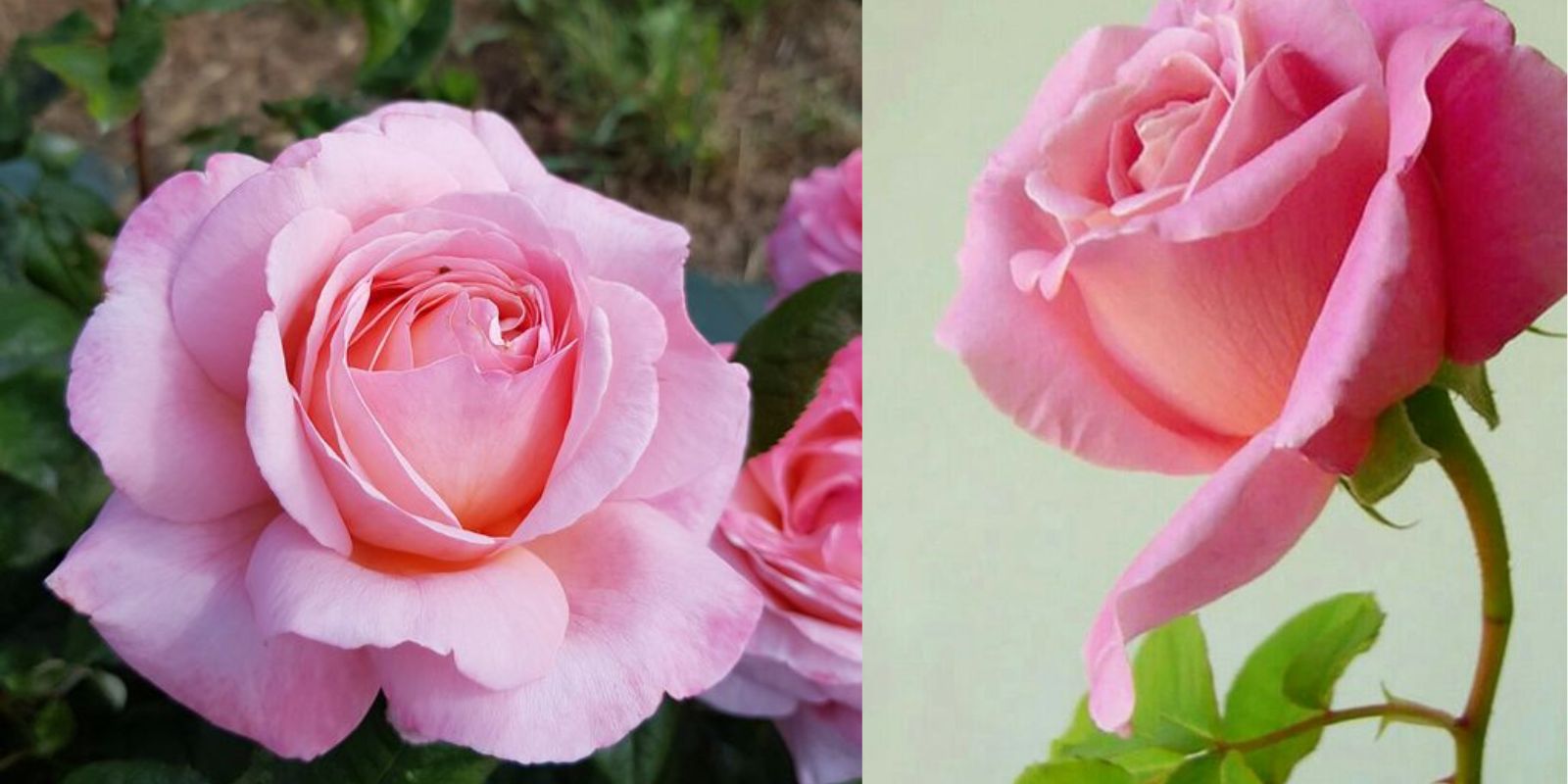Garden roses (Rosa spp.) are a timeless and beloved addition to any garden, admired for their beauty, fragrance, and variety. Whether you’re aiming to create a stunning floral display or simply enjoy the charm of these classic blooms, growing garden roses can be a rewarding and fulfilling endeavor. In this article, we will guide you through the essential steps to successfully grow and care for garden roses, ensuring that your garden is adorned with these magnificent flowers throughout the growing season.
Choosing the Right Rose Variety
Before planting, selecting the right rose variety is crucial for success. Roses come in various types, including hybrid teas, floribundas, climbers, and shrub roses, each with unique characteristics suited to different garden conditions. Consider your climate, available space, and desired rose characteristics. For example, hybrid teas are known for their large, single blooms, while floribundas produce clusters of smaller flowers. Climbing roses are ideal for trellises or arbors, while shrub roses offer a more compact growth habit and are often more disease-resistant.
Preparing the Soil
Healthy roses start with well-prepared soil. Roses thrive in rich, well-draining soil with good fertility. Here’s how to prepare your soil:
- Testing the Soil:
- Test your soil to determine its pH and nutrient levels. Roses prefer a slightly acidic to neutral pH, ideally between 6.0 and 6.8.
- Improving Soil Structure:
- If your soil is heavy clay or sandy, amend it with organic matter like compost or well-rotted manure. This improves drainage, fertility, and soil structure.
- Preparing the Planting Area:
- Choose a sunny location with at least 6 hours of direct sunlight daily. Avoid areas where roses have been planted previously to minimize the risk of disease.
Planting Roses
Proper planting techniques are essential for healthy rose plants. Follow these steps:
- Timing:
- Plant roses in the spring after the last frost or in the fall before the first frost. In warmer climates, roses can be planted in late winter.
- Digging the Hole:
- Dig a hole that is twice as wide and as deep as the rose’s root ball. This allows the roots to spread out and establish themselves.
- Planting the Rose:
- Gently remove the rose from its container and place it in the hole, ensuring that the graft union (the bulge where the rose variety was grafted onto the rootstock) is level with the soil surface. Backfill the hole with soil and water thoroughly.
Watering and Mulching
Proper watering and mulching practices are key to maintaining healthy roses.
- Watering:
- Water roses deeply and consistently, especially during dry periods. Aim to water at the base of the plant to keep foliage dry and reduce the risk of fungal diseases. Avoid overhead watering as it can lead to mildew and other issues.
- Mulching:
- Apply a 2-3 inch layer of organic mulch around the base of the rose bush. Mulch helps retain soil moisture, suppress weeds, and regulate soil temperature. Avoid placing mulch directly against the stem to prevent rot.
Fertilizing Roses
Roses benefit from regular feeding to support vigorous growth and abundant blooms.
- Choosing Fertilizer:
- Use a balanced rose fertilizer with equal parts nitrogen, phosphorus, and potassium. Alternatively, a fertilizer specifically formulated for roses can provide tailored nutrients.
- Application Timing:
- Fertilize roses in early spring when new growth begins and again in mid-summer. Avoid fertilizing late in the growing season, as this can encourage new growth that may not harden off before winter.
Pruning Roses
Pruning is essential for shaping the plant, removing dead or diseased wood, and encouraging new growth.
- Timing:
- Prune roses in early spring, just as new growth begins. For repeat-blooming varieties, additional light pruning after each bloom cycle can promote continuous flowering.
- Techniques:
- Remove dead or damaged wood and any crossing branches that may rub together. Shape the plant by cutting back about one-third of the previous year’s growth. Ensure each cut is made just above a healthy bud.
Managing Pests and Diseases
Roses are susceptible to various pests and diseases. Regular monitoring and timely intervention are crucial.
- Common Pests:
- Watch for aphids, spider mites, and rose slugs. Use insecticidal soap or neem oil as needed, and encourage beneficial insects like ladybugs.
- Common Diseases:
- Keep an eye out for powdery mildew, black spot, and rust. Improve air circulation by spacing plants properly, and avoid overhead watering. Remove and discard infected foliage to prevent the spread of disease.
Caring for Roses During Winter
Winter care is important to ensure your roses survive the cold months.
- Winter Protection:
- In colder climates, mulch heavily around the base of the plant to insulate the roots. For additional protection, consider wrapping the base of the plant with burlap or using rose cones.
- Pruning in Winter:
- In areas with mild winters, light pruning can be done to shape the plant and remove any winter damage. Avoid heavy pruning until spring.
Enjoying Your Roses
With proper care, your garden roses will reward you with stunning blooms and lush foliage. Enjoy their beauty and fragrance throughout the growing season, and take pride in the effort you’ve invested in cultivating these magnificent plants.
Call to Action:
Ready to enhance your garden with beautiful roses? Follow these steps and share your rose-growing experiences with us in the comments! Your garden can become a vibrant oasis filled with the classic charm of garden roses. Happy gardening!

